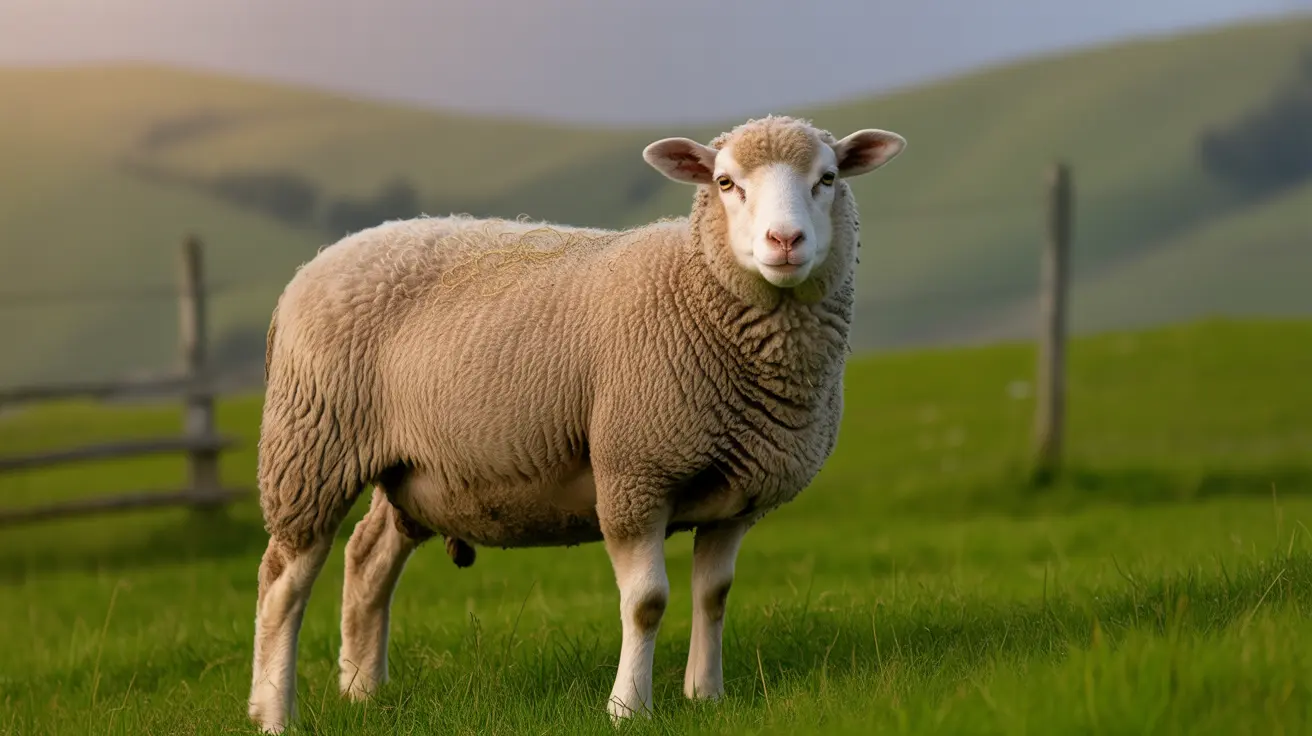Is Rice the Healthiest Food to Feed Your Dog?
Feeding your dog a healthy and balanced diet is essential for ensuring their long-term well-being. Among the many food options available, one staple often recommended by veterinarians and pet owners alike is
rice. But is rice really one of the healthiest foods for dogs? Let's dive into its nutritional benefits, types, preparation guidelines, and dietary role.
Why Rice is a Healthy Choice for Dogs
Rice is a readily available, affordable, and safe food for dogs when cooked properly and served in moderation. It provides multiple benefits:
- Easily Digestible Carbohydrates: Rice is a source of quick and gentle energy, making it perfect for dogs recovering from illness, senior dogs, or those with sensitive stomachs.
- Essential Nutrients: Rice contains B vitamins, iron, magnesium, and manganese — all vital to canine health.
- Low in Fat and Sodium: A naturally lean grain that suits many dietary needs.
- Supports Digestive Health: Especially with brown rice, the dietary fiber content supports regular bowel function and feeds beneficial gut bacteria.
Types of Rice: Which One Is Best?
1. White Rice
- Low in fiber and easy to digest
- Often used in bland diets for gastrointestinal issues like diarrhea
- High glycemic index — not ideal for diabetic or overweight dogs
2. Brown Rice
- Contains more fiber and nutrients due to intact bran and germ
- Provides longer-lasting energy
- Less suitable for dogs with stomach upset as it's harder to digest
3. Jasmine Rice
- Type of white rice with similar nutritional profile
- Safe for dogs when cooked plain
Safe Preparation Guidelines
To reap the benefits of rice without harming your dog, follow these preparation rules:
- Cook Thoroughly: Always serve well-cooked rice. Uncooked rice is hard to digest and can cause GI issues.
- Keep It Plain: Avoid additives like butter, oil, salt, garlic, onions, or seasonings. Some of these can be toxic to dogs.
- Serve Cool: Allow rice to cool before feeding it to your pet.
- Store Properly: Refrigerate cooked rice for no more than four days to prevent spoilage.
Combining Rice with Protein
For a more balanced meal, combine rice with lean proteins like:
- Boiled chicken
- Plain turkey
A common recovery meal ratio is 2 parts rice to 1 part protein. This combination supports digestion and can aid recovery from illness.
Portion Guidelines by Dog Size
Maintain balance by serving rice in moderation:
- Extra-small dogs (2–20 lbs): 1–2 tablespoons
- Small dogs (21–30 lbs): 2–3 tablespoons
- Medium dogs (31–50 lbs): 1/4 cup
- Large dogs (51–90 lbs): 1/3–1/2 cup
- Extra-large dogs (91+ lbs): up to 1/2 cup
Rice should not exceed 10% of your dog's daily caloric intake.
Risks and Considerations
While rice offers many benefits, it's important to be aware of potential downsides:
- Glycemic Index: White rice may spike blood sugar; avoid large quantities for diabetic dogs.
- Arsenic Concerns: Rice can absorb arsenic, though toxicity in dogs remains undocumented.
- Overuse in Commercial Diets: Excessive carbohydrates may lead to obesity, pancreatitis, or even reduced taurine levels.
Is Rice Good for Dogs with Allergies?
Yes, rice is often included in hypoallergenic diets and well-tolerated by dogs with food sensitivities, provided there are no individual adverse reactions.
Conclusion
Cooked, plain rice can be a healthy, digestible, and safe part of your dog's diet, especially during times of illness or digestive distress. However, it should not replace a nutritionally complete dog food. For long-term health, combine rice with protein and other vital nutrients, and consult your veterinarian about your dog’s specific dietary needs.





